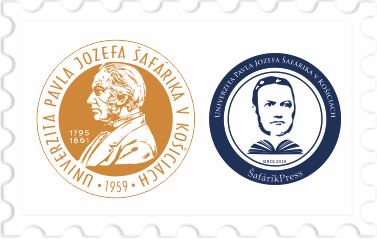Žiadne produkty
Produkt bol úspešne pridaný do vášho košíka
0 ks tovaru Vo vašom košíku je 1 produkt.
Land use ako nástroj revitalizácie krajiny: na príklade slovenskej enklávy Tardoš (Maďarsko)
DOI: https://doi.org/10.33542/GC2019-2-03
Autor: Peter Chrastina, Jakub Trojan, Ladislav Župčán, Tünde Tuska, Pavel P. Hlásznik
Rok vydania: 2019
Vydavateľ: Univerzita Pavla Jozefa Šafárika v Košiciach, Prírodovedecká fakulta, Ústav geografie
Dostupné od: 20.12.2019
URL časopisu: https://www.gcass.science.upjs.sk/
Abstrakt: The landscape surrounding village Tardoš (Tardos in Hungarian) in the north of Komárom-Esztergom County is a part of the cultural heritage of Slovaks in Hungary. The study anal-yses the issue of the revitalisation of the landscape in the context of its use (historical land use). Current state of the local landscape represents the result of the migration of ethnic groups to the territory of Tardoš and its subsequent colonisation. Since the end of the first quarter of the 18th century the process of revitalisation of the abandoned landscape had been associated with the arrival of the Roman Catholic settlers from the counties located north of the Danube river (Nitra and Trenčín). The new population began to cultivate dev-astated landscape of the Tardoš-Tolna basin in the Gerecse Mountains. The aim of this paper is to characterize the Tardoš land use with an emphasis on the period from 1725 (Slovak colonisation of the defunct village territory) to 2017. A brief assessment of the land use during the period before the arrival of the Slovak colonists is included in the study. Recent changes of areas in the analysed territory are characterized by landscape use clas-ses (LUC) during the last 300 years (1725 ‒ 2017) in the context of natural (geoecological) and social factors. Besides these data a framework proposal for the management of the local landscape is suggested. The development of the historical land use after the arrival of the Slovaks is outlined in the thematic maps, chart with LUC areas in particular periods and in diagram. The methodology used and the results achieved can be applied in the study of the land use of other Slovak enclaves in Tardoš surroundings. Findings concerning the local land use changes with an emphasis on the period after 1725 can be possibly taken into account in social practice of the creation of an integrated landscape management of the surveyed territory or in the process of consolidating the local population identity.
Kľúčové slová: landscape, land use, Slovak minority, Tardoš, Hungary
Názov časopisu: ISSN: Ročník: Ćíslo: | Geographia Cassoviensis 2454 – 0005 13/2019 2 |
